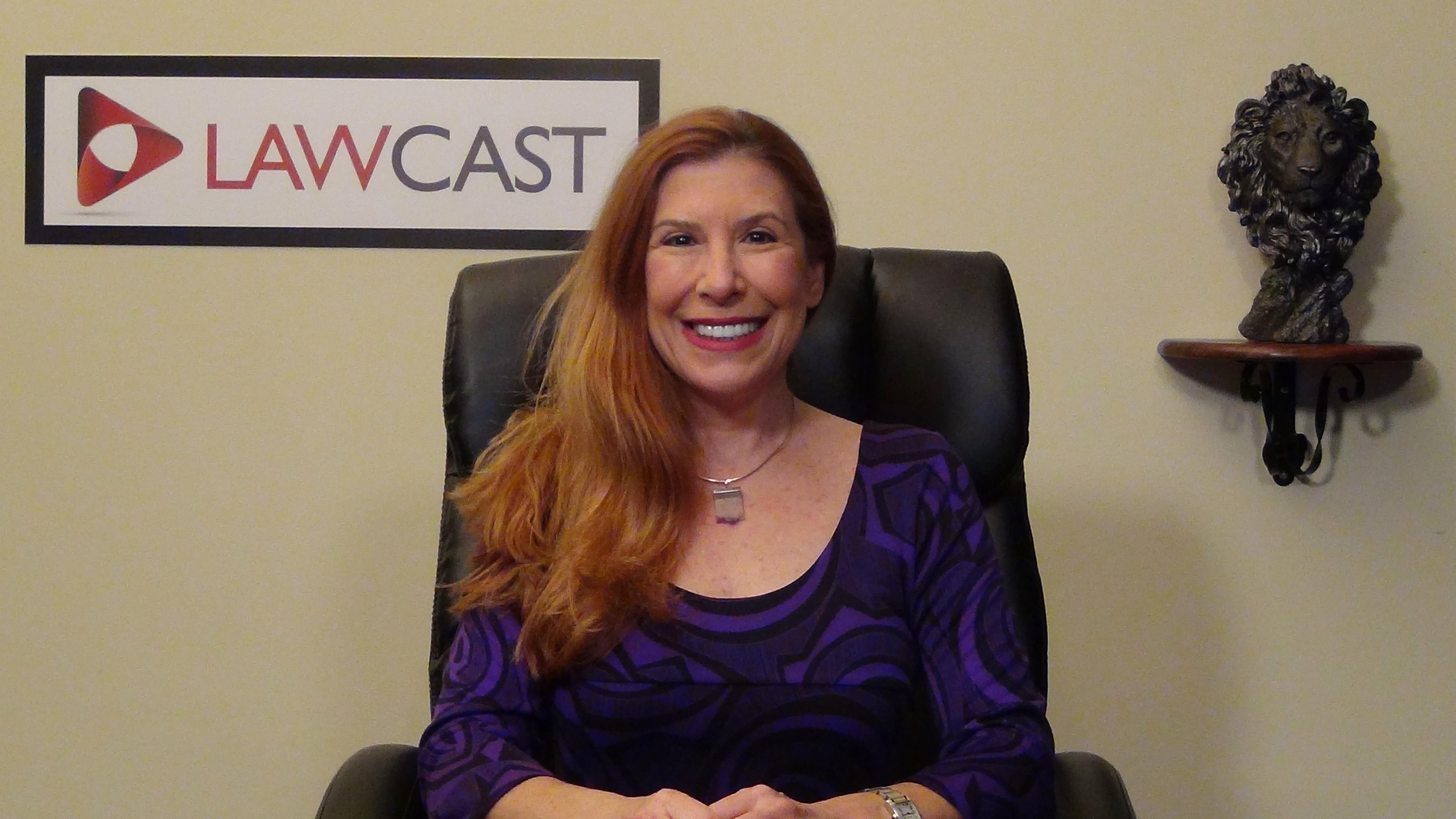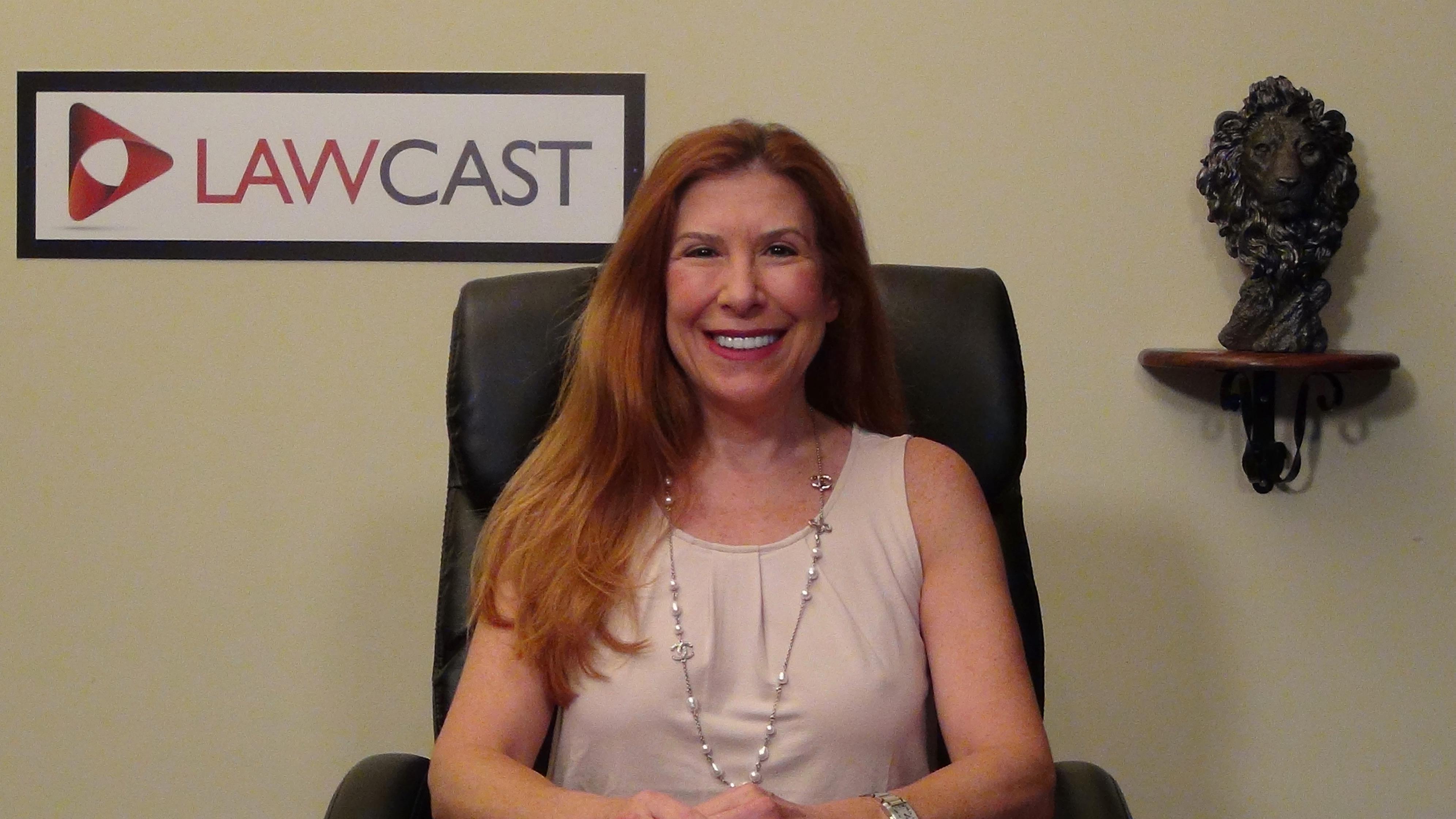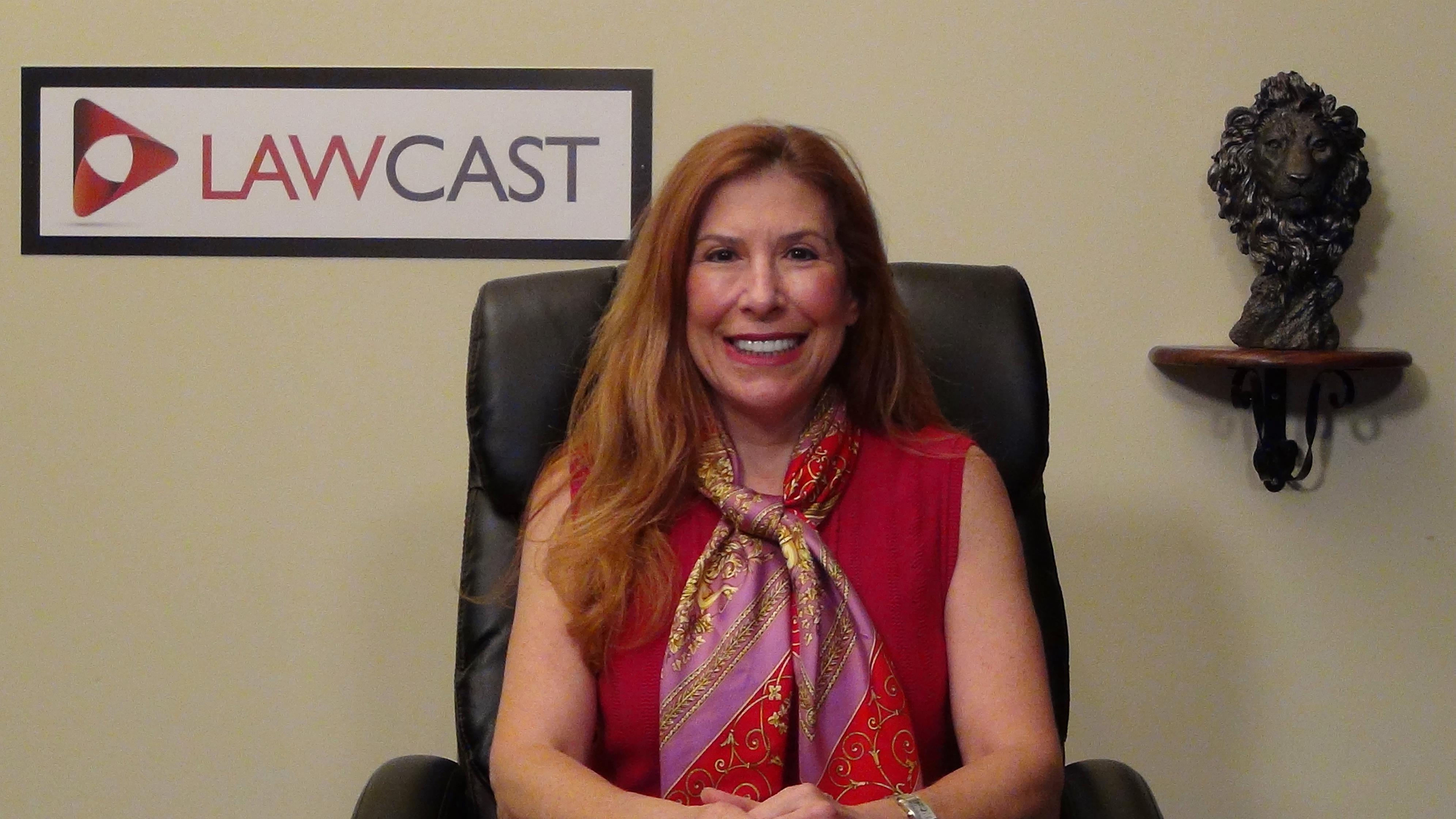Rule 506 of Regulation D
LawCast- Rule 506 Of Regulation D- Effective September 23, 2013, the SEC enacted Rule 506(c) resulting in the elimination of the prohibition against general solicitation and advertising in private offerings in which investments are strictly limited to accredited investors. Trailblazers such as realtymogul.com, circleup.com, wefunder.com and seedinvest.com proved that the model can work, and the rest of the capital marketplace has taken notice. Recently, more established broker-dealers have begun their foray into the 506(c) marketplace with accredited investor-only crowdfunding websites accompanied by marketing and solicitation to draw investors.
Rule 506 Of Regulation D- The historical Rule 506 was renumbered to Rule 506(b) and issuers have the option of completing offerings under either Rule 506(b) or 506(c). Rule 506(b) allows offers and sales to an unlimited number of accredited investors and up to 35 unaccredited investors, provided however that if any unaccredited investors are included in the offering, certain delineated disclosures, including an audited balance sheet and financial statements, are required to be provided to potential investors. Rule 506(b) prohibits the use of any general solicitation or advertising in association with the offering. SEC interpretations and case law have established the principle that where there is a pre-existing, substantive relationship with offerees, offers will not be considered a general solicitation.
Recently the SEC updated guidance on the questions surrounding the establishment of a pre-existing substantive relationships with offerees. As part of its guidance the SEC discussed presentations at conferences and venture fairs. Participation in a conference or venture fair does not automatically constitute general solicitation or advertising under Regulation D. Obviously, if a Company’s presentation does not involve the offer of securities at all, no solicitation is involved, though realistically the vast majority of company’s that participate in these conferences are doing so to raise capital.
If the attendees of the event are limited to persons with whom either the company or the event organizer have a pre-existing, substantive relationship, or have been contacted through a pre-screened group of accredited, sophisticated investors (such as an angel group), a presentation will not be deemed a general solicitation. However, if invitations to the event are sent out via general solicitation to individuals and groups with no established relationship and no pre-screening as to accreditation, any presentation involving the offer of securities would be deemed to involve a general solicitation under Regulation D.
So for instance, the upcoming annual Rodman & Renshaw Global Investment Conference is scheduled to be held from September 8th to September 10th at in New York City. More than 200 public companies from around the globe are expected to present to an audience of more than 2,000 attendees. Similarly, the National Investment Banking Association (NIBA) will have its next conference in New York City October 12-14. These events are not mass advertised, other than to past attendees and attendees are required to confirm accredited status at the time of purchasing tickets. Arguably a presentation at the conference would not involve a general solicitation.
Conferences are a great way for companies to present themselves to a large group of potential investors, investment bankers and “industry types”. Most such conferences include corporate presentations and Q&A sessions, one on one side meetings and a general opportunity to meet and interact with each other.
Although significant industry developments proliferate rapidly via electronic communication, there are large amounts of subtext that can only be learned by actually putting boots on the ground so to speak. In the age of the Internet it is still essential for professionals to get together in a productive atmosphere, shake hands and have direct human interaction so as to work together more efficiently. Regardless of the cutting edge communication platforms we so often rely upon, nothing can replace the human experience.
Sometimes, it’s not what presenters or industry experts say in their presentations that spark the next great sector, but moreso the tone of the experts and attendees can be the more accurate barometer of what is happening in the industry overall. In an era when where information, communication and connecting with new OTC industry professionals is more important than ever, conferences such as the upcoming Rodman & Renshaw and NIBA events are becoming increasingly essential.







